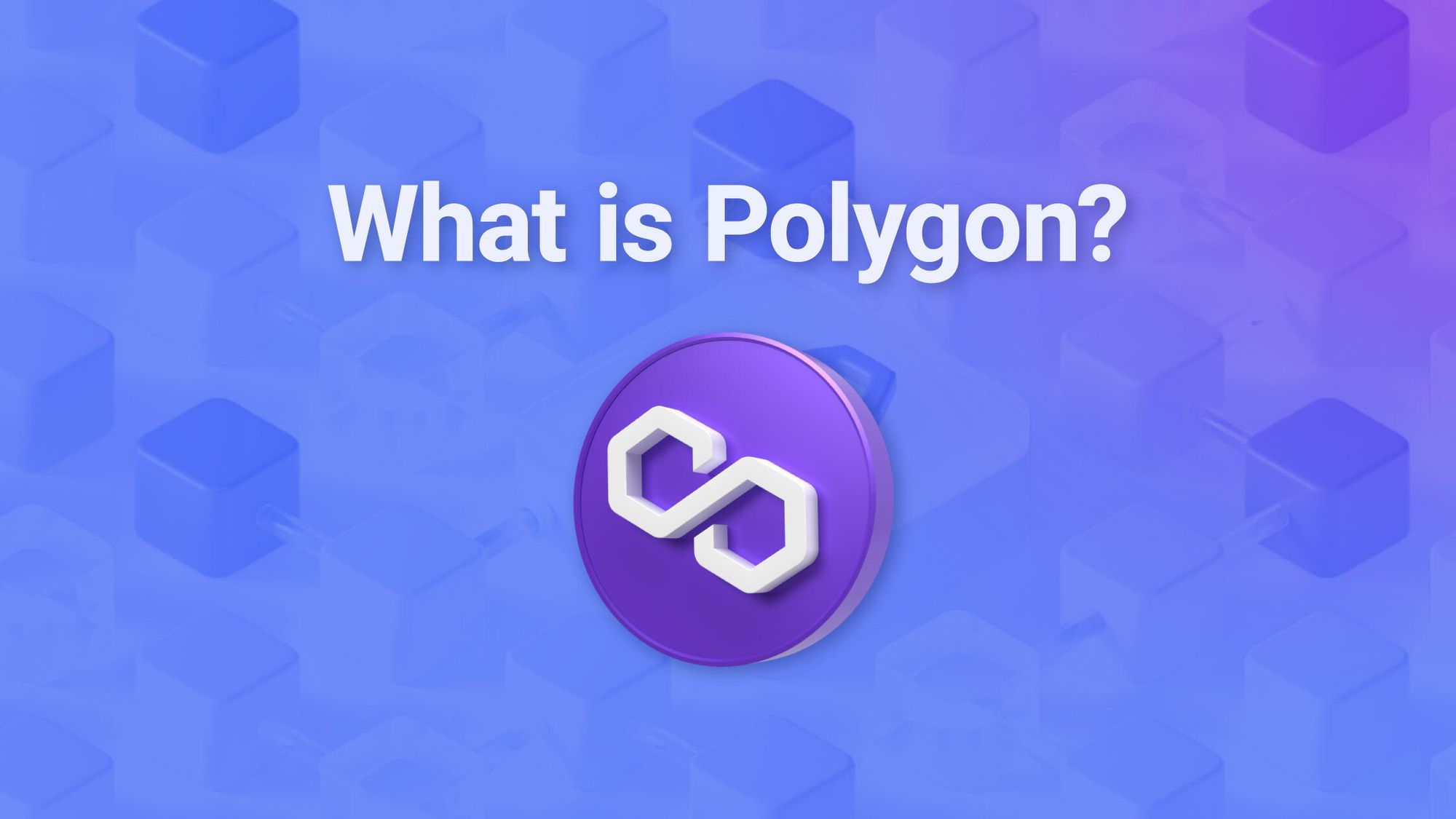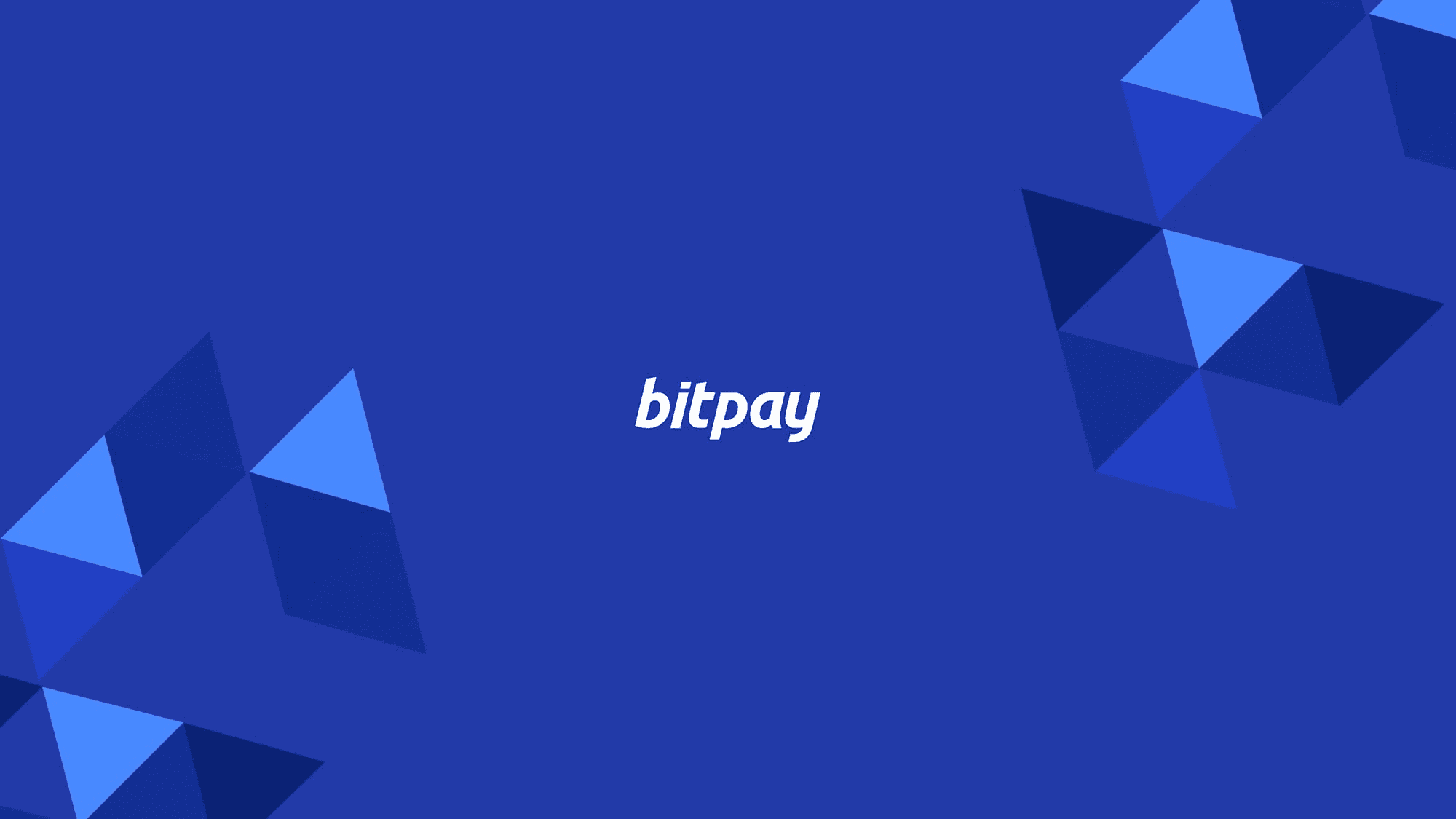October 26, 2022
What is Polygon (MATIC)? Polygon Network & MATIC Token Explained
The Important Bits
October 2024 Update: The Polygon organization recently migrated its MATIC token to POL. Read more about the migration.
BitPay recently announced our support for Polygon (MATIC), giving you the ability to buy, store, swap and spend even more cryptocurrencies. For those new to Polygon (MATIC), we’ve created this guide to help understand what Polygon (MATIC) is, how it works, how to use it and other common questions.
What is Polygon?
Polygon is a layer 2 solution for the Ethereum blockchain. It doesn’t seek to replace or overtake Ethereum. It was created for the purpose of utilizing the security and functionality of Ethereum, while improving its scalability for faster and cheaper transactions. Whereas Ethereum is only capable of 15 transactions per second, the Polygon network can process 65,000 transactions per second, with the ability to scale even further in the future.
Polygon also has additional capabilities, including the capacity for multi-chain transactions. Polygon turns Ethereum into a multi-chain system similar to Polkadot or Cosmos. This has led to the integration of many decentralized applications on Ethereum as well as other blockchains. Aave, SushiSwap, Curve, and Reef are a few examples. Many ERC-20 tokens, including popular stablecoins, have also become available on Polygon. These integrations have played a big role in Polygon’s rise, as it enables users to hop between different chains using many of the most popular tokens and dApps without paying Ethereum’s high gas fees.
Polygon vs MATIC
Whereas Polygon is the network that operates using the Ethereum blockchain, its native token is MATIC, akin the the Ethereum blockchain and Ether token. Adding to the confusion, the Polygon Network was previously known as the Matic Network. Following the rebrand, the Polygon organization decided to keep MATIC is its token ticker symbol. MATIC is an ERC-20 token, making it compatible with other Ethereum projects. Polygon users leverage MATIC to secure and govern the network, as well as pay transaction fees.
How does Polygon work?
As a layer 2 solution, Polygon sits alongside the Ethereum blockchain. Instead of validating every transaction one at a time, batches of transactions are sent to the Ethereum blockchain to speed up the validation process and lower fees.
Polygon uses proof-of-stake consensus. In comparison to proof of work consensus, Polygon users can stake tokens for a set period of time in order to validate transactions. For their staking efforts, stakers are rewarded MATIC.
A variety of different technologies help Polygon achieve its goals of.
ZK proofs: Polygon zkEVM utilizes zero-knowledge proofs (ZKPs) to enhance security and performance, reduce fees, and allow for integration into the Ethereum Virtual Machine (EVM). ZKPs allow for one party to prove to another that a computation is valid without revealing any additional information about what happened.
Proof-of-stake (PoS): Polygon PoS utilizes proof-of-stake to secure its network and reward validators for securing it.
Rollups: Polygon Miden uses zero-knowledge optimized rollups to allow developers to create secure, private applications. Rollups in software can be used to carry out a variety of functions for categories of data within a database.
For a complete list of Polygon’s different technologies and more information on them, visit the tech section of Polygon’s official website.
What can you do with Polygon (MATIC)?
The Polygon chain offers many of the same benefits and use-cases as Ethereum, but at lower fees and faster transaction speeds.
Buy MATIC and USDC on the Polygon Network
Store and swap in the BitPay Wallet
Spend Polygon (MATIC) with BitPay merchants
Load Polygon (MATIC) onto the BitPay Card and spend like cash
Stake your MATIC and earn staking rewards
Experience decentralized apps (dApps) and earn yield through lending platforms
Pay for NFTs and other metaverse experiences
Bridge tokens from one blockchain to another
Who created the Polygon network?
The Polygon network was co-founded by Jaynti Kanani, Sandeep Nailwal, Anurag Arjun and Mihailo Bjelic. It was created in 2019 and has since received backing from notable names in the crypto space.
All three founders come from humble beginnings as software engineers from India. Kanani quickly learned about the potential of Bitcoin and blockchain shortly after graduating from a prestigious Indian university with a Bachelor's in computer engineering.
After spending some time collaborating with different crypto startups, he recruited Bjelic and Arjun to help with the development of the Matic network, which would later become Polygon. The idea for a network that could help Ethereum scale was born out of the CryptoKitties craze in late 2017 and 2018. CryptoKitties was the first NFT-based game that led to the Ethereum network being overwhelmed with transactions.
In October 2023, Jaynti Kanani announced that he was stepping down from Polygon and moving on to other endeavors.
Polygon's network capabilities and performance
The Polygon network has been growing rapidly since inception. Due to its development at a time when Ethereum continues to experience high fees, more and more users and developers have been migrating to Polygon.
According to data from Messari:
The number of transactions made on Polygon increased throughout each quarter of 2023. Total transactions in Q4 2023 were 372,000, representing a 93% increase from the previous quarter.
Adoption of the Polygon Chain Development Kit (CDK) increased, with adoption from teams like OKX, Libre, Manta, Gnosis, and more.
Polygon PoS saw its Total Value Locked (TVL) increase by 16%, reaching $1.1 billion at the end of 2023.
Polygon for payments
Polygon has proved that one of its most compelling use cases is as a payment method. In addition to its low fees and quick confirmation times, the ability to pay with multiple tokens like USDC and ETH on the Polygon network make it an excellent chain for making payments.
As of April 2024, MATIC is the 5th most popular cryptocurrency, making up 5% of all payments across the BitPay platform
The Polygon network is the 4th most popular chain for payments
Popular industries for Polygon payments include: Gold & Precious Metals, Retail, Gift Cards, Luxury Goods, Cars/Boats/Luxury Vehicles, Computer Software & Engineering, Electronics, Airlines & Aviation, and Financial Services.
In addition to paying a merchant directly from a Polygon wallet, the Polygon community is increasingly using MATIC to pay off bills via BitPay's Bill Pay feature.
Visit BitPay's Stats page for a continually updated view of Polygon payment trends.
What can you do with Polygon/MATIC?
Polygon and its native token, MATIC, can be used for many of the same things other cryptocurrencies can be used for. Many users prefer MATIC over other coins for its low fees and fast transactions.
Spend: MATIC can be used to buy gift cards, pay bills, and make direct purchases from merchants that accept MATIC.
Swap: MATIC can be swapped for other cryptocurrencies, meaning one token is converted directly to another.
In addition to the standard crypto functions, MATIC also allows users to engage with various dApps in a more efficient way. Some examples include DeFi platforms, GameFi, and NFT-related platforms.
How to start using Polygon
Getting started with Polygon is easy. Here are three simple steps involved:
The first step toward getting started using Polygon (MATIC) is to set up a wallet that supports it. One example is the BitPay Wallet, which makes it easy to buy MATIC, store it securely, swap for other tokens, and spend MATIC at your favorite merchants online.
Acquire MATIC. Wallets like the BitPay Wallet allow users to buy MATIC with fiat currency or by swapping other coins for MATIC.
Begin using Polygon however you choose: in your favorite dApps, in your wallet, or at merchants.
The best Polygon wallet to buy, store, swap, and spend MATIC
How Polygon compares to other L2s/blockchains
Competition in crypto/blockchain leads to greater technological improvements at a faster rate. When it comes to Polygon and MATIC, there are several competing layer-1 and layer-2’s.
Arbitrum (ARB) and Optimism (OP) are layer-2 solutions that aim to overcome the limitations of Ethereum, much like Polygon. They all have their strengths and weaknesses that stem from implementing different tech solutions to the same problems.
Other layer-1’s like Solana, Avalanche, Binance Smart Chain (BSC), and Cardano have all tried to outdo Ethereum from the base layer. Of these, Solana is possibly the most significant competitor, with many new dApps and coins being built on it.
Look forward and conclusion
Polygon is constantly being innovated upon, with a roadmap full of planned upgrades. As of January 2024, the next item on the agenda involves “aggregated blockchains”, an innovation that aims to allow all layer-1 and layer-2 chains to communicate in such a way as to create a more unified Web3 experience.
Polygon is the leader in Ethereum layer-2 scaling solutions and is widely regarded as one of the most successful layer-2’s overall. Its adoption has increased rapidly alongside its tech development. The potential future implications of such successes can be hard to imagine, as they make it possible for a large number of additional technological advancements to be brought to market.
FAQs about Polygon and MATIC
Does Polygon have gas fees?
Yes, transactions on the Polygon network do incur gas fees. However, these fees are typically lower than other networks.
How many MATIC coins are there?
The max supply of MATIC tokens is set at 10 billion.
Where can I buy Polygon (MATIC)?
You can buy Polygon (MATIC) in the BitPay app. Buy MATIC with your credit card, debit card or Apple Pay and store in the BitPay Wallet. No hidden fees and great rates.
Note: All information herein is for educational purposes only, and shouldn't be interpreted as legal, tax, financial, investment or other advice. BitPay does not guarantee the accuracy, completeness, or usefulness of any information in this publication and we neither endorse, nor are we responsible for, the accuracy or reliability of any information submitted or published by third parties. Nothing contained herein shall constitute a solicitation, recommendation, endorsement or offer to invest, buy, or sell any coins, tokens or other crypto assets. BitPay is not liable for any errors, omissions or inaccuracies. For legal, tax, investment or financial guidance, a professional should be consulted.





